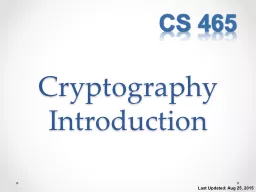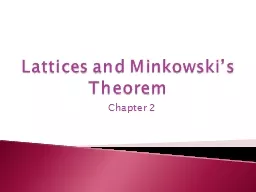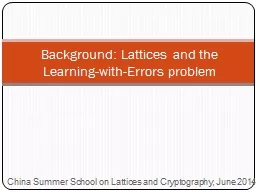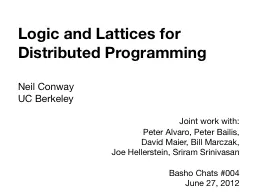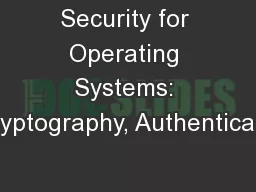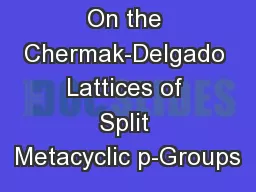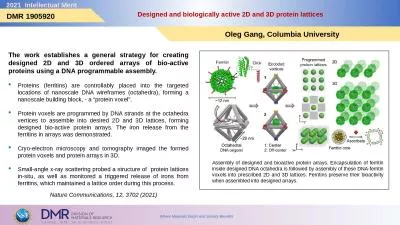PPT-China Summer School on Lattices and Cryptography
Author : stefany-barnette | Published Date : 2016-06-15
Craig Gentry and Shai Halevi June 4 2014 Homomorphic Encryption over Polynomial Rings The Ring LWE Problem RLWE Recall LWE LWE traditional formulation Hard to
Presentation Embed Code
Download Presentation
Download Presentation The PPT/PDF document "China Summer School on Lattices and Cryp..." is the property of its rightful owner. Permission is granted to download and print the materials on this website for personal, non-commercial use only, and to display it on your personal computer provided you do not modify the materials and that you retain all copyright notices contained in the materials. By downloading content from our website, you accept the terms of this agreement.
China Summer School on Lattices and Cryptography: Transcript
Download Rules Of Document
"China Summer School on Lattices and Cryptography"The content belongs to its owner. You may download and print it for personal use, without modification, and keep all copyright notices. By downloading, you agree to these terms.
Related Documents


